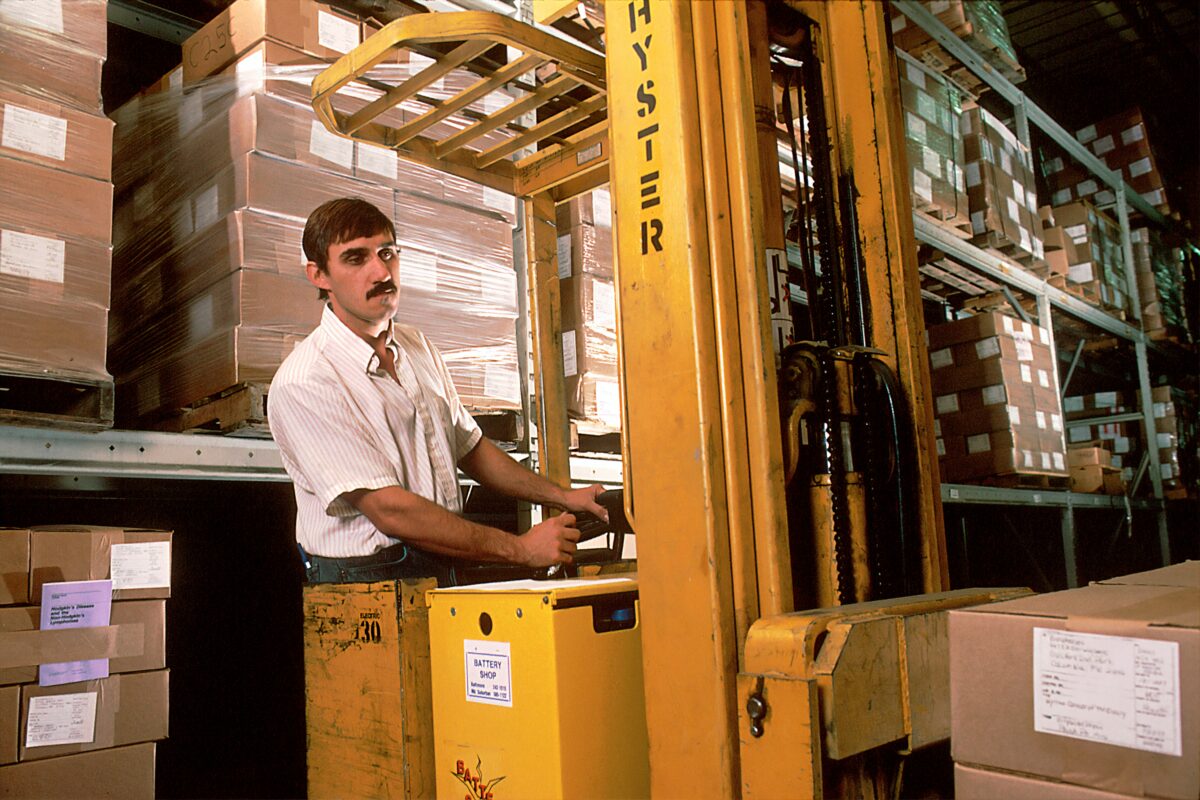In modern healthcare, maintaining a sterile environment is not just a regulatory requirement—it is a critical factor in patient safety. The presence of pathogens on medical instruments can lead to severe infections, complicating patient recovery and increasing healthcare costs. Among the tools that have revolutionized infection control, medical ultrasonic cleaners stand out as an efficient and reliable solution to enhance sterilization processes. By combining cutting-edge ultrasonic technology with cleaning solutions, these devices ensure instruments are thoroughly cleaned before sterilization, thereby improving overall hygiene standards in medical facilities.
Understanding Ultrasonic Cleaning Technology
Ultrasonic cleaning technology operates on the principle of high-frequency sound waves. These sound waves, typically ranging between 20 kHz and 40 kHz, generate microscopic bubbles in a liquid cleaning solution through a process called cavitation. When these bubbles collapse, they release intense energy that dislodges debris, biofilm, and contaminants from instrument surfaces, including those in tiny crevices and hard-to-reach areas. Unlike traditional manual cleaning, which may miss microscopic contaminants or damage delicate instruments, ultrasonic cleaners provide a consistent and thorough cleaning process.
One of the most significant advantages of ultrasonic cleaners is their ability to clean complex instruments efficiently. Medical tools such as surgical scalpels, endoscopes, dental instruments, and laparoscopic equipment often have intricate shapes or lumens that are nearly impossible to clean manually. Ultrasonic cleaners ensure that every surface is reached, significantly reducing the risk of residual contamination. This step is crucial because sterilization methods, such as autoclaving or chemical sterilants, can only be effective if instruments are pre-cleaned thoroughly. Residual organic matter can shield microbes from sterilization, compromising the process and potentially leading to infections.
Enhancing Sterilization Efficiency
Sterilization is the process of eliminating all forms of microbial life, including bacteria, viruses, fungi, and spores, from medical instruments. While sterilization methods are highly effective, their success depends heavily on pre-cleaning. By removing visible and microscopic contaminants, an effective medical ultrasonic cleaner ensures that sterilization agents can penetrate instrument surfaces thoroughly.
For example, autoclaving relies on high-pressure steam to kill pathogens. If an instrument has residual blood, tissue, or biofilm, the steam may not reach all surfaces, leaving some areas contaminated. Similarly, chemical sterilants, such as glutaraldehyde or peracetic acid, require direct contact with the instrument surface to achieve sterilization. Ultrasonic cleaning maximizes this contact by eliminating barriers, thereby improving the overall efficacy of sterilization protocols.
Reducing Risk of Infection and Cross-Contamination
Hospital-acquired infections (HAIs) are a major concern in healthcare, affecting millions of patients annually. Instruments that are inadequately cleaned before sterilization can act as vectors for these infections. By integrating ultrasonic cleaning into the instrument reprocessing workflow, healthcare facilities can significantly reduce the risk of HAIs.
Ultrasonic cleaners also reduce cross-contamination between instruments. Traditional manual cleaning may involve repeated handling and scrubbing, which can inadvertently transfer contaminants from one instrument to another. The automated, hands-free operation of ultrasonic cleaners minimizes human contact with contaminated items, lowering the risk of cross-contamination. This not only protects patients but also safeguards healthcare staff from exposure to potentially infectious materials.
Time and Labor Efficiency
Beyond improving sterilization outcomes, ultrasonic cleaners offer substantial benefits in terms of workflow efficiency. Manual cleaning is labor-intensive, time-consuming, and often inconsistent, depending on the technician’s diligence and skill. Ultrasonic cleaners, in contrast, perform thorough cleaning in a fraction of the time, allowing healthcare staff to focus on other critical tasks.
A typical ultrasonic cleaning cycle can range from a few minutes to half an hour, depending on the type and complexity of instruments being cleaned. During this period, multiple instruments can be processed simultaneously, dramatically increasing throughput in busy surgical or dental departments. This efficiency ensures that sterilized instruments are available when needed, reducing delays in patient care.
Protecting Instrument Longevity
Medical instruments represent a significant investment for healthcare facilities, and maintaining their longevity is vital for cost efficiency. Harsh manual scrubbing can damage delicate instruments, leading to premature wear, corrosion, or functional impairment. Ultrasonic cleaning offers a gentle yet effective alternative. By leveraging cavitation energy rather than abrasive contact, ultrasonic cleaners remove debris without scratching, bending, or otherwise damaging instruments. This prolongs the lifespan of expensive medical tools while maintaining their functionality and safety.
Versatility Across Medical Specialties
Ultrasonic cleaners are versatile tools that cater to a wide range of medical applications. In dentistry, they remove blood, saliva, and plaque from instruments, ensuring a sterile environment for patients. In surgical settings, they clean scalpels, forceps, and retractors with intricate structures. Even in ophthalmology and endoscopy, where instruments contain narrow lumens and delicate lenses, ultrasonic cleaners can reach and clean areas that are otherwise inaccessible. This versatility makes them indispensable in maintaining high standards of infection control across medical specialties.
Conclusion
Medical ultrasonic cleaners have transformed the way healthcare facilities approach sterilization and infection control. By providing a thorough, consistent, and efficient cleaning process, they enhance the effectiveness of sterilization methods, reduce the risk of infection and cross-contamination, save time and labor, and protect instrument longevity. As healthcare continues to evolve, the integration of ultrasonic cleaning technology into standard instrument reprocessing protocols is essential for maintaining patient safety and improving overall healthcare outcomes.
In essence, ultrasonic cleaners are more than just convenient tools—they are a critical component of modern sterilization strategies, ensuring that medical instruments meet the highest standards of hygiene and safety. For hospitals, dental clinics, and surgical centers, investing in ultrasonic cleaning technology is a proactive step toward reducing infection risks and delivering the highest quality of care.















